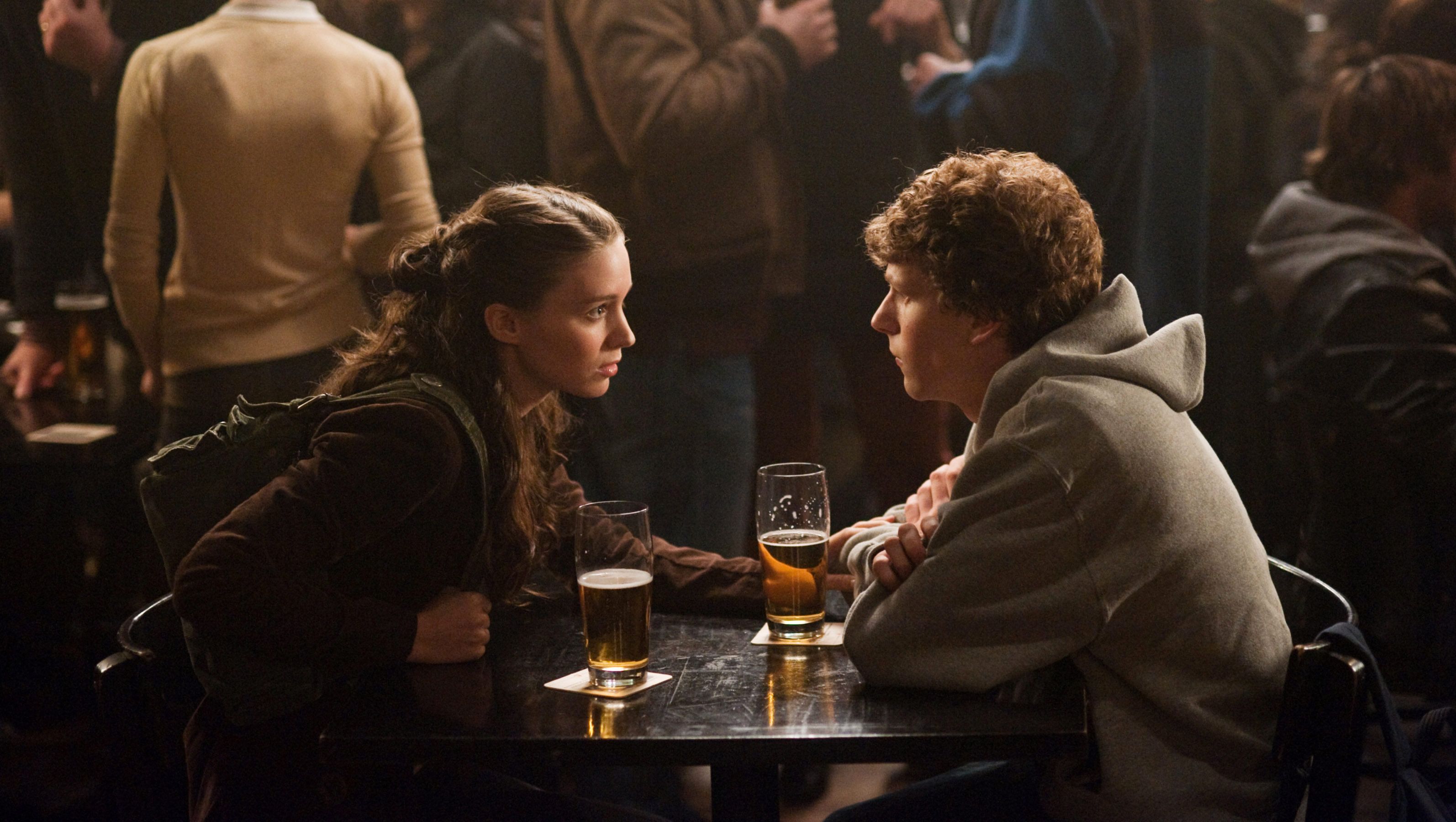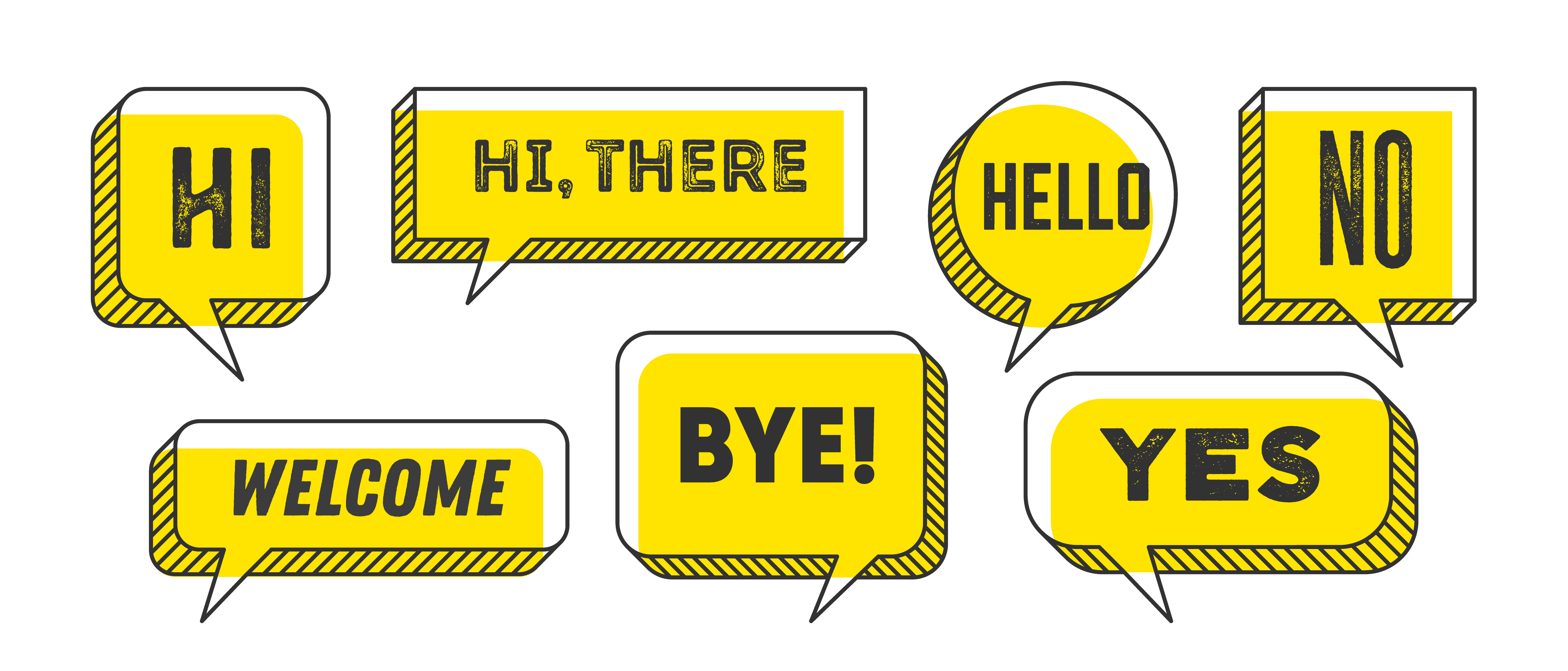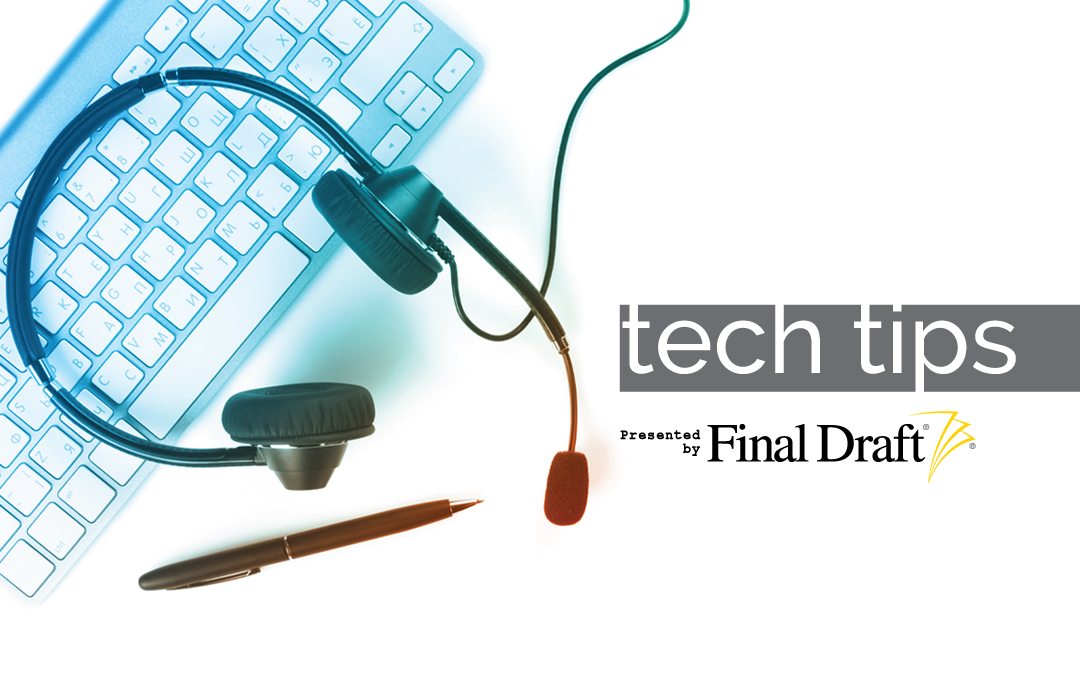Dialogue Choices and Dual Dialogue
April 18, 2022
In real life, people don’t speak in perfectly rendered and well-orchestrated dialogue. Not in most cases, anyway. The way we converse with others can vary depending on whom we’re speaking with: If we speak to an employer or authority figure, we’ll be more restrained and selective with our words. If we speak with a friend or family member, we’ll be looser and less selective. Furthermore, real-life dialogue can be messy and awkward. How many times have you said the wrong thing at the wrong time? How many times did you regret not saying the right thing? It’s possible to stammer or trip over words, as well. Our emotions can take over; pushing us to become boorish or even vulgar. We’ll talk over each other—shout over each other. Obviously, this doesn’t make for good communication, but it’s an honest human characteristic. We don’t have scriptwriters constructing and penning our dialogue.
Ultimately the choice a feature or television writer makes dialogue-wise will largely depend on two factors:
1.) Your personal style;
2.) What type of project you’re working on.
Comedies
If you’re writing a sitcom pilot or a comedic screenplay, you’ll want pithy, quick-witted dialogue that’s somewhat pushed. In real life people don’t knock out zingers every few minutes, but when it’s the main engine of your pilot or screenplay, you’ll have to deliver the goods. People will expect to be entertained by the dialogue; it’s essentially the action of a sitcom and in most comedic screenplays (though perhaps not so much in a slapstick comedy, although this brand of humor isn’t too prevalent anymore).
Action, Thrillers and Horrors
Even many action films, thrillers and horror feature a lot of humorous dialogue these days. There’s a greater emphasis on entertainment factor than in the past and if a screenwriter can work in a memorable quip for a superhero during the action set piece, they’ll prove themselves to have a wider skillset than much of the competition. Generally speaking, the more you can do as a writer, the more professional opportunities you’ll have. From Carl Gottlieb (Jaws, Jaws 2, Jaws 3-D) to Danny McBride (Halloween, Halloween Kills, Halloween Ends), many comedic writers have had long and successful careers by demonstrating tonal adaptability and inserting their personality and wit even in thriller-horrors.
Dramas and Biopics
Dramas and biopics are also genres that require a certain amount of dialogue prowess. In many of these films, especially smaller scale, character-driven drama, the dialogue is pushing the actor forward and some of the most emotional and impactful scenes are the result of a verbal outburst, speech or revelation.
In these genres — although occasional levity and humor can still play a role — the emphasis is more on naturalistic dialogue. It’s not always what the character says, but sometimes what they don’t say. The subtext behind their words is another important element. In real life, we’re not always direct with people; we dance around harsh or uncomfortable truths. From celebrated writers William Goldman (All the President’s Men) to Aaron Sorkin (The Social Network), the spiral-like rhythm and nuanced intricacies of human language is at the forefront in their scripts. A writer doesn’t acquire this skill from simply watching movies. They listen to people, take note of how they really speak, and how they evade a pointed question.
As we noted earlier, people aren’t perfect and thus they don’t speak perfectly. The best scriptwriters are aware of this, and they find various ways to convey this in their teleplays or screenplays.
Formatting your dialogue with Final Draft
Final Draft automatically formats your dialogue to industry standards, allowing you to concentrate on the writing rather than the formatting.
How to add character cues and dialogue
Hit return after the last action line to move to the next paragraph, then press return again to bring up the Elements menu and choose “Character”.
You can also press the tab key to shift from an action element to a character element. Type in your character’s name and then press return and the next line will automatically become a dialogue line and will continue to be dialogue until you change it to another element.
Enhanced Dual Dialogue
There are times when you might want characters to speak simultaneously or talk over each other. Whether this is for a comedic effect or to insert some naturalism into your script, it’s useful to have the option if needed. Fortunately, Final Draft has Dual Dialogue, which enables paragraphs of dialogue to be easily formatted side-by-side. This feature has been enhanced in Final Draft 12, which allows you to revise and edit the Dual Dialogue with greater ease than ever before.
To create a Dual Dialogue, first type in the two characters’ speeches including the character names, one after the other, essentially as you would normally write. Then place the cursor on the first character’s name and either:
- Select Dual Dialogue from the format menu, or
- Press command+d on a Mac keyboard, or
- Ctrl+alt+d on a Windows keyboard
You can also highlight the two speeches and character headings and select Dual Dialogue from the format menu, which will instantly convert the selection.
In Final Draft 12, you can edit Dual Dialogue by clicking anywhere within the side-by-side dialogue. An edit box will open, allowing you to make any necessary edits, including adding additional dialogue or even alternate dialogue. When you’re finished, click outside the box to close the edit box.
If you save and close with the edit box open, the next time you open the script the dialogue will appear as Dual Dialogue. If you print to paper or generate a PDF with the edit box open, the printed version or the PDF will show the dialogue dualled. If you want to split the Dual Dialogue, simply hover over the Undual icon and click. The Dual Dialogue will return to standard script format with the character cues and their dialogue on separate lines.
Dual Dialogue is now included when using the Find tool to search or replace text in a script. Dual Dialogue is also now included in spell check and if auto spell checking is on, Dual Dialogue will now show a red underline for any misspellings. Right-click over a misspelling in Dual Dialogue to bring up a list of suggestions just as you would elsewhere in the script. When Track Changes is on, you can accept or reject and navigate individual changes without opening the edit box. Simply hover over a tracked change to bring up the pop-over.
With Final Draft 12’s enhanced Dual Dialogue, it is now easier than ever to give your dialogue all the color and nuance of real life. You’ll be able to perfectly convey the imperfection of your characters.
Written by: Final Draft
- Topics:
- Screenwriting & Craft
- Writing & Tools




